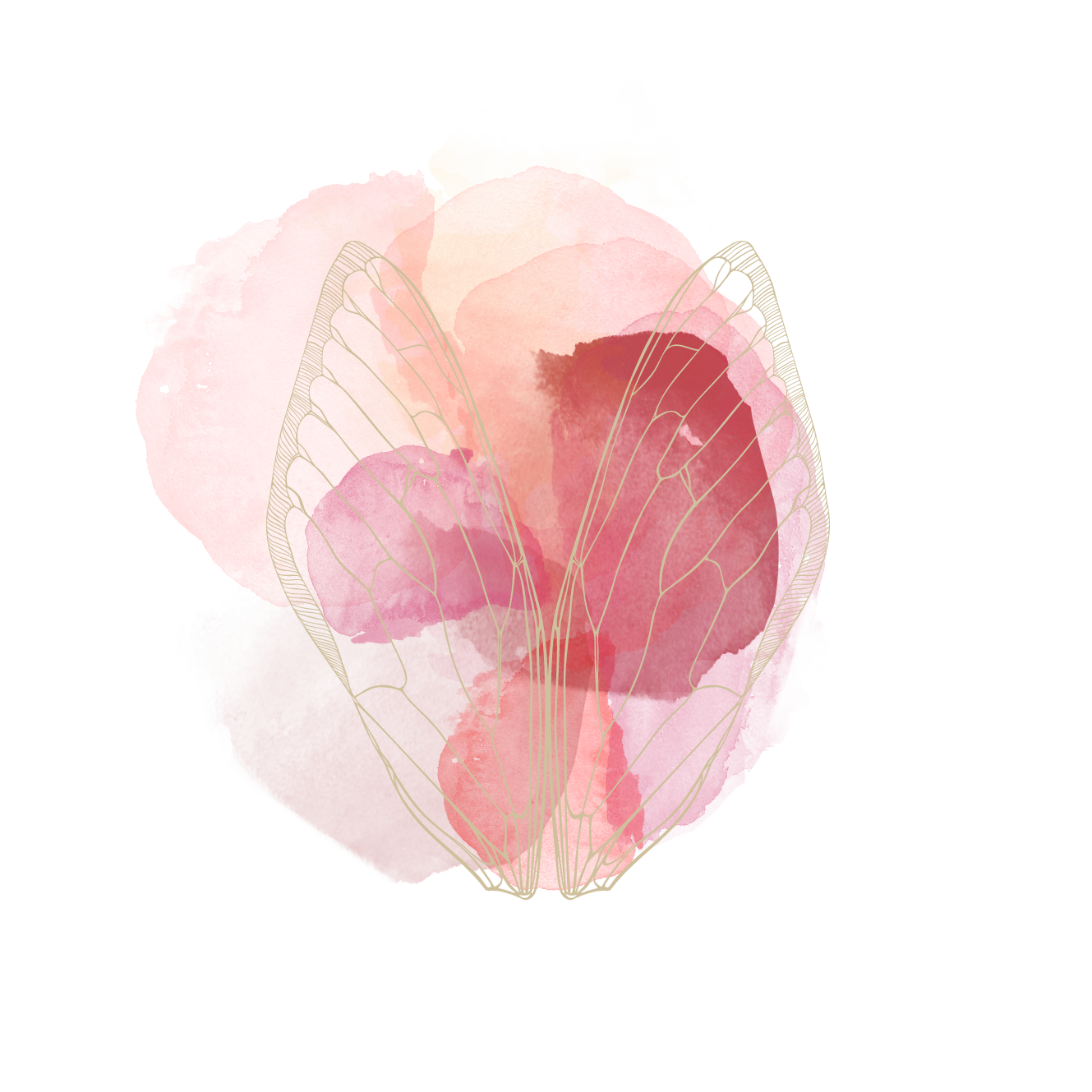For a long time I misunderstood what I was doing when I said I was “working on myself.” I thought alignment meant sounding consistent, having the right language, the right intentions, the right explanations.
These days, integrity means something different.
It isn’t a principle I aspire to, it’s a physical response, I register in my body. It's when my thoughts, instincts, and sensations begin to move in the same direction and something in me settles. The effort drops. I’m not trying to be true; I’m simply aligned. It feels clean. Calm. Unforced.
The opposite also shows up clearly in my system: when my mind starts auditioning for alignment, rehearsing values, perfecting its story, I feel anxious in my body. When I allow space for my body's intelligence as well as my minds, when I open both communication channels and see their legitimacy that's when my intellect stops monopolising the conversation and awareness decentralises.
I’ve learned that it isn’t about choosing mind or body. Both matter. What’s needed is a place where ideas from both can be tested and felt, where thought, emotion, and sensation meet and inform one another instead of competing for authority.
Most mornings, that conversation begins in me before language catches up. I wake and can feel my body organising itself: breath catching, muscles scanning, mind gathering pace. But alignment begins there, in noticing what’s present.
Not analysing, Feeling.
The discipline of staying close
For me, staying close to sensation has become a kind of discipline. My mind seeks pace and pattern; my body seeks contact and coherence.
And because I ignored this for years, I’ll say it plainly once more:
“to honour alignment, you must give sensation in the body the same standing you give thought in the mind.”
Then you practise. And practice is not glamorous.
It’s rinsing and repeating the first step of feeling, not analysing for days or weeks as you go about your life. You’re not solving anything. You’re training attention toward the body’s data until it trusts you’ll listen. Over time, listening rewires recognition. Knowing and sensing stop living in separate rooms. You don’t need a library of books or courses to validate your experience. Coherence becomes internal.
This is the first crossing. Where thought and sensation recognise each other.
And I know it’s not popular. You could call it a privilege to slow down like this, and it is. It also cost me in other places. But continuing with a mind driven by fear, distraction, and vigilance didn’t feel like living. It felt like surveillance.
That’s the part I want to be clear about: Staying close to sensation is not self-surveillance.
It only becomes that when the heart is absent, when the mind turns inward with suspicion rather than care, seeking evidence or outcomes.
What alignment actually looks like
True alignment begins in the uneventful moments: the quiet minutes where nothing is produced, yet something inside begins to organise. Nothing is required but willingness, presence, care, witnessing. Analysis will refine it later. Language will name it later. But the work begins with intimacy: the kind of attention you’d offer a lover. Unhurried. Attuned. Responsive. You don’t interrogate; you accompany. And when the body shifts, you shift with it. As presence steadies and safety grows, you begin to see what the body is showing you.
The texture of the feeling. Where the sensations move to chest, gut, jaw.....Whether they’re sharp, restless, hollow. What happens when you breathe “with” them instead of “about” it.You’ll notice how attention itself changes the environment. Noise becomes texture. Pressure becomes movement. A softening pulse, an easier breath, a quiet urge to exhale.These are signs of truth returning to circulation and from here, choice changes.
You stop chasing what sounds right. You start recognising what’s actually moving inside you. You see what belongs to old patterns and what has reorganised to meet the present moment. And slowly, you trust the wisdom you can’t fully explain but know you can follow.
If you need somewhere simple to begin, start here, in the next hour, not the next month.“Pause once.” Notice the first physical cue. Stay with it for one breath. Not to fix it , to understand it. That small act is alignment.
Everything else builds from there.
Go gently.
Amanda

